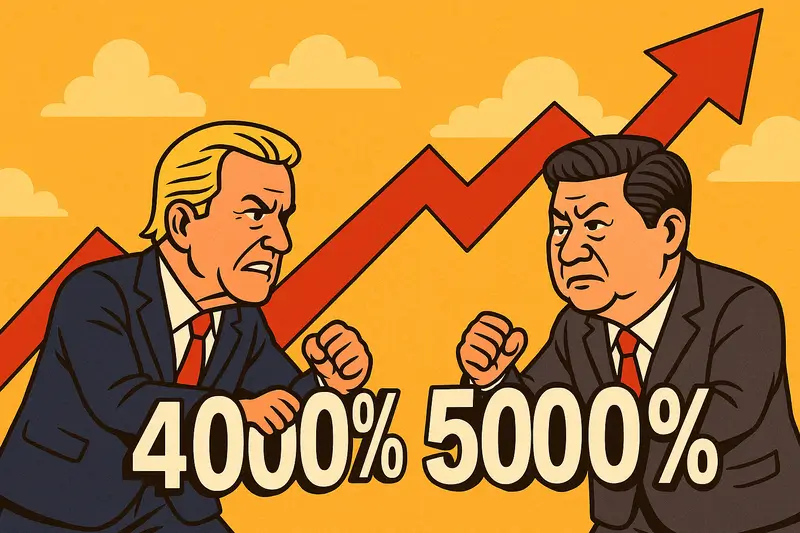The US-China trade war drama continues with no end in sight. Tariffs increase, negotiations stall, and both governments hold firm.
But people ask who is paying the price behind this ongoing trade war drama.
I ran a LinkedIn poll during a peak moment in the US-China conflict to find out. The results say a lot:
China suffers more
US suffers more
both suffer equally
Other countries suffer most
🔹 64% believe the United States suffers the most
🔹 16% say China being hurt
🔹 Another 16% think both are equally affected
🔹 Just 7% say other countries suffer more
Most think the US feels the pressure, and that makes sense. Rising prices, disrupted supply chains, and uncertain markets hit American consumers and businesses hard.
China, on the other hand, may absorb more impact through state controls and export shifts. But make no mistake – both economies bleed.
What’s often overlooked are the ripple effects. The trade war between China and the US affects the global economy. Smaller nations, emerging markets, and multinational companies face rising costs and reduced stability.
Independent wealth managers also face challenges. Markets are volatile, clients are nervous, and long-term planning feels difficult. However, thanks to their flexibility and leaner structures, they often move faster and adapt better than large private banks. This agility becomes a real asset in times of uncertainty.
And this is just the start. The next phase of the trade war drama will likely focus on non-tariff barriers. Think regulation, tech standards, and data policies. Less visible – but potentially more disruptive.
Conclusion? No one wins in a prolonged trade war drama with China. The drama may grab headlines, but the cost hits workers, businesses, and global growth.
Source: LinkedIn




